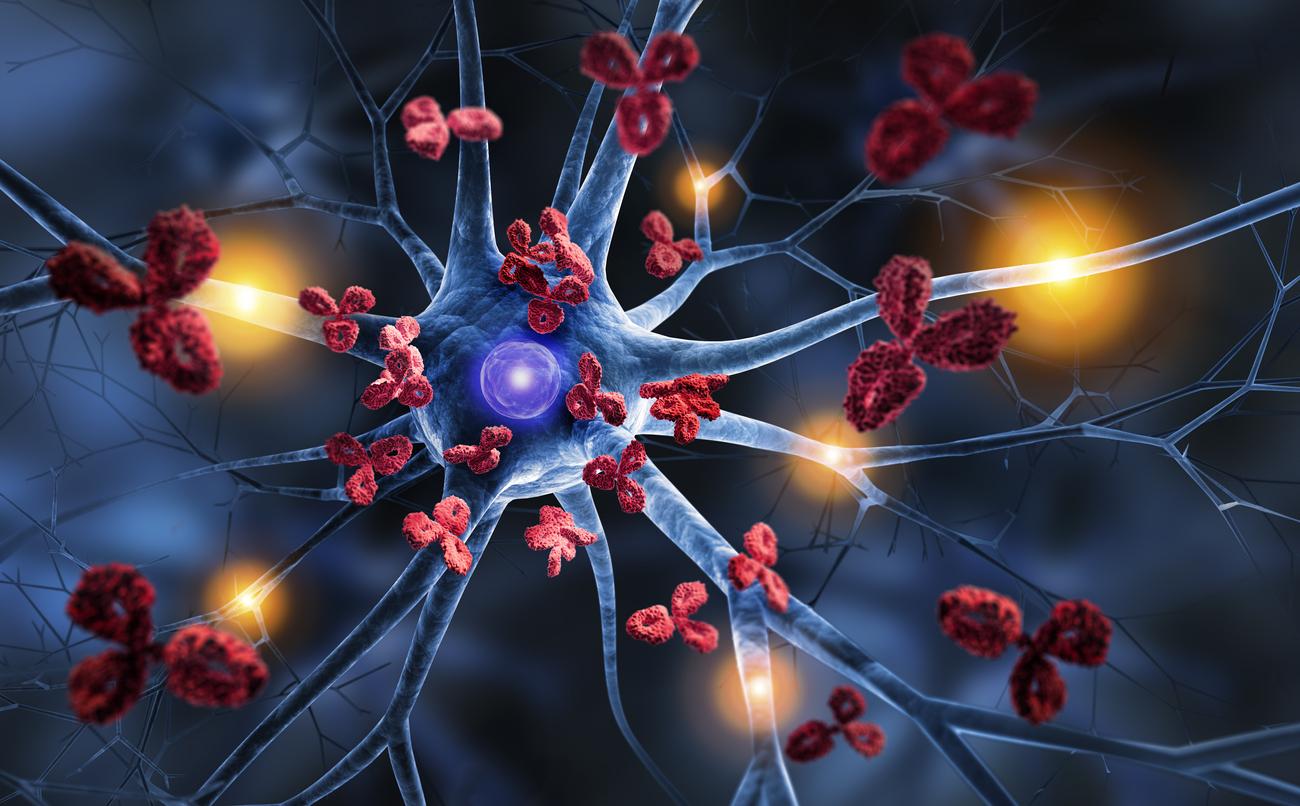A team of Japanese researchers has unearthed a chemical compound that could help develop treatments for various autoimmune diseases and they tested it on mice.

- Japanese scientists have revealed in a new study a chemical compound that could be used to develop treatments for various autoimmune diseases.
- Millions of people suffer from autoimmune diseases around the world, such as rheumatoid arthritis or multiple sclerosis.
- The chemical compound, a metabolite called phosphoenolpyruvate (PEP), has the potential to be used as a treatment without causing side effects.
Japanese scientists revealed, in a study published in the journal Cell Reports on February 28, a chemical compound that could be used to develop treatments for various autoimmune diseases such as multiple sclerosis and rheumatoid arthritis.
These diseases occur when the body’s immune response goes into overdrive: the immune system, which normally attacks pathogens and fights infections, now attacks healthy cells and tissues. Millions of people suffer from autoimmune diseases around the world, such as rheumatoid arthritis which causes excessive joint pain, or multiple sclerosis.
Autoimmune diseases: future treatments in perspective
“The key to the development of autoimmune diseases, and therefore how to inhibit this development, lies in our cells, but the underlying mechanism has still not been elucidated. Our research sheds light on a compound that could suppress their development”said Professor Hiroki Ishikawa, who heads the immune signaling unit at the Okinawa Institute for Science and Technology (OIST), in a communicated.
This new research focused on helper T cells 17, or Th17 cells. These cells are a type of T cell, a group of cells that make up most of the immune system and exist in large numbers in our intestines. They evolved to help us fight off invading pathogens, but can be overactivated in some cases to the point of mistaking normal, healthy tissue for pathogens, leading to autoimmune disease.
The generation of Th17 cells requires glycolysis, a metabolic process in which glucose is broken down and converted into energy to meet the metabolic needs of cells. Glycolysis is essential for the growth of not only Th17 cells, but also various cells in our body.
How to resolve the inflammatory response?
“What is interesting is that excessive glycolysis seems to suppress the activity of Th17 cells, explains the lead author of the study, Mr. Tsung-Yen Huang. We therefore hypothesized that the molecules produced during glycolysis could inhibit the cells.”
Phosphoenolpyruvate, or PEP for short, is a chemical compound produced when glucose is converted into energy. Since it is part of such an important process, PEP is generated every day in our body. The researchers found that PEP treatment can inhibit TH17 cell maturation, leading to resolution of the inflammatory response.
Huang explained that this was, at first, a confusing result, as it ran counter to all other research on the subject, but he decided to persevere and take a closer look at what could happen. Their search led them to a protein called JunB, which is essential for Th17 cell maturation. JunB promotes Th17 maturation by binding to a set of specific genes. The researchers found that PEP treatment inhibits the generation of Th17 cells by blocking the activity of JunB.
“Our results show the clinical potential of PEP”
Using these findings, the researchers then treated mice with neuroinflammation caused by an autoimmune disease with PEP. This disease is very similar to multiple sclerosis and the mice showed positive signs of recovery. The scientists have now filed a patent to continue this research. “Our results show the clinical potential of PEP, explained Huang. But first we need to increase its effectiveness.”
In the past, researchers interested in developing a treatment for autoimmune diseases often sought to inhibit glycolysis and therefore Th17 cells. But glycolysis is essential for various cell types in the body, and inhibiting it could have significant side effects. PPE has the potential to be used as a treatment without causing these side effects.



















